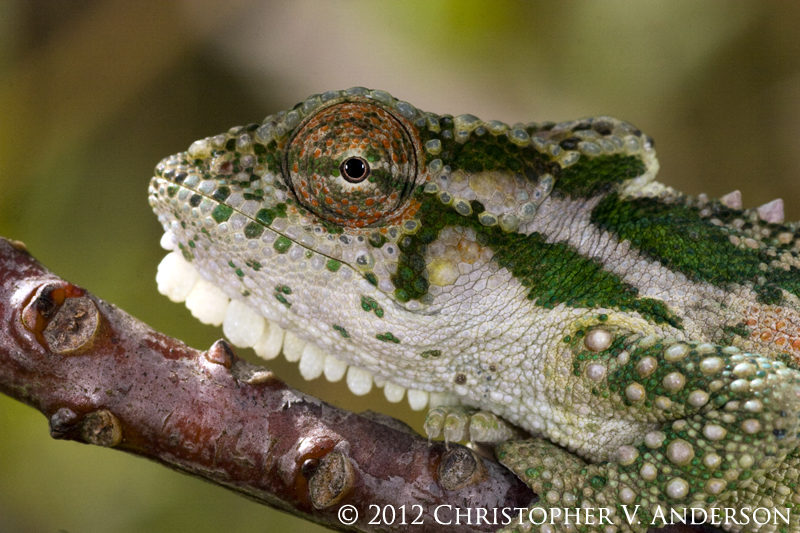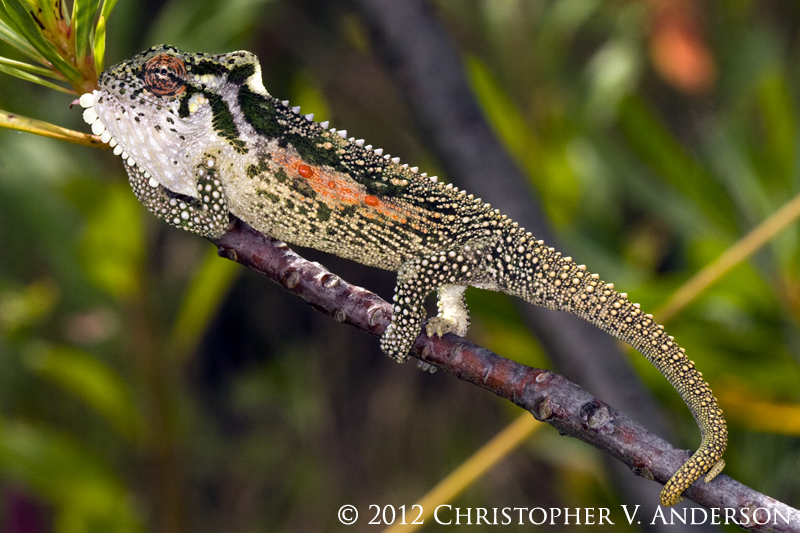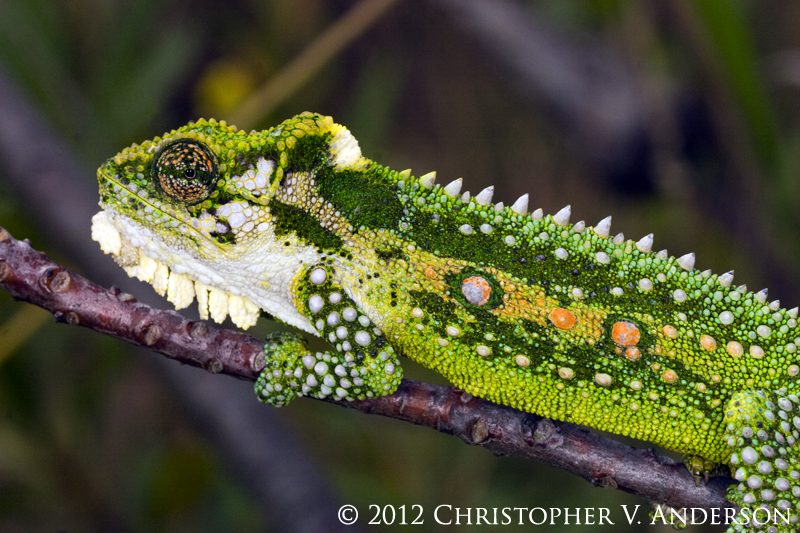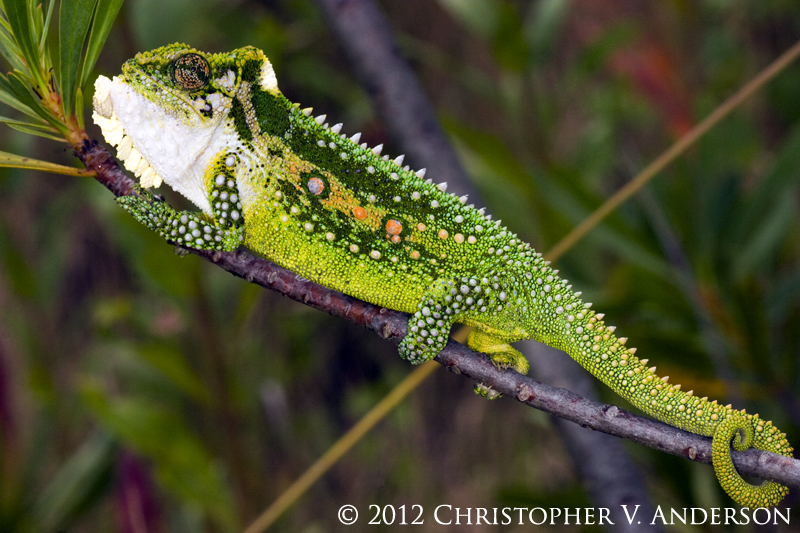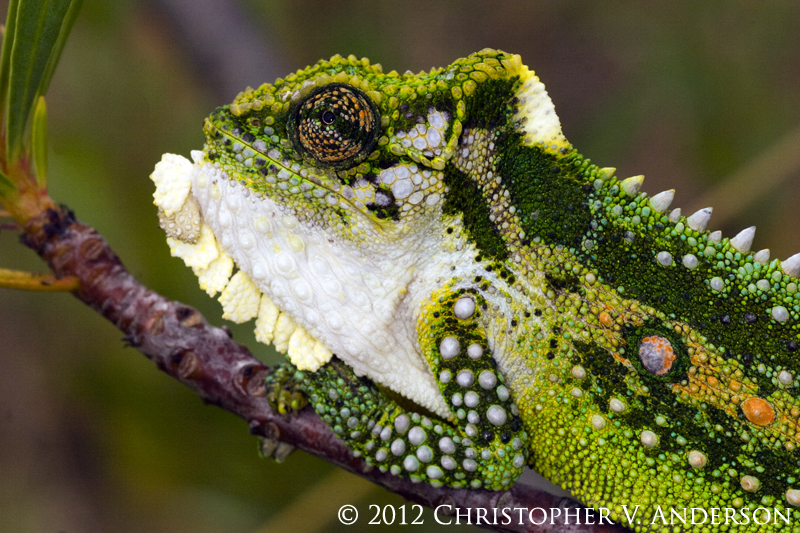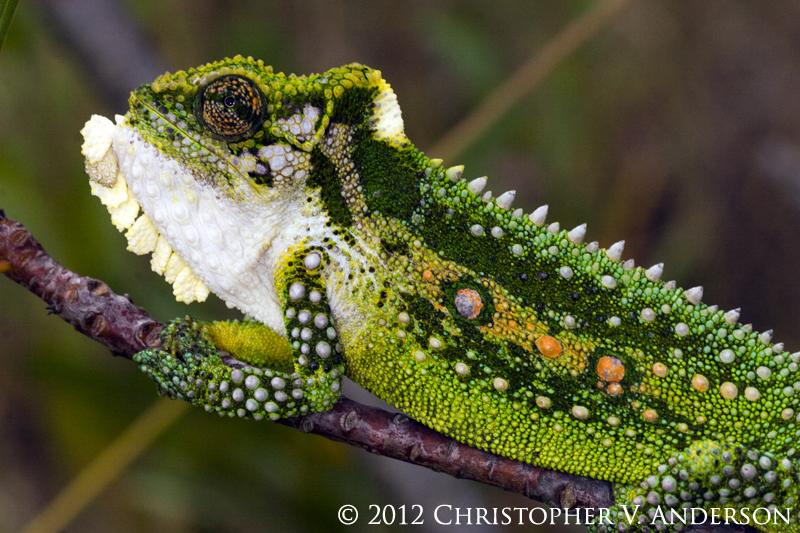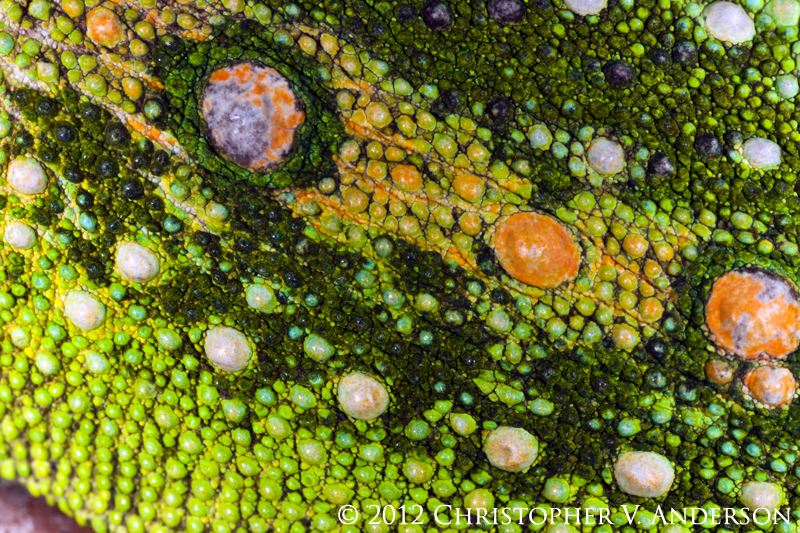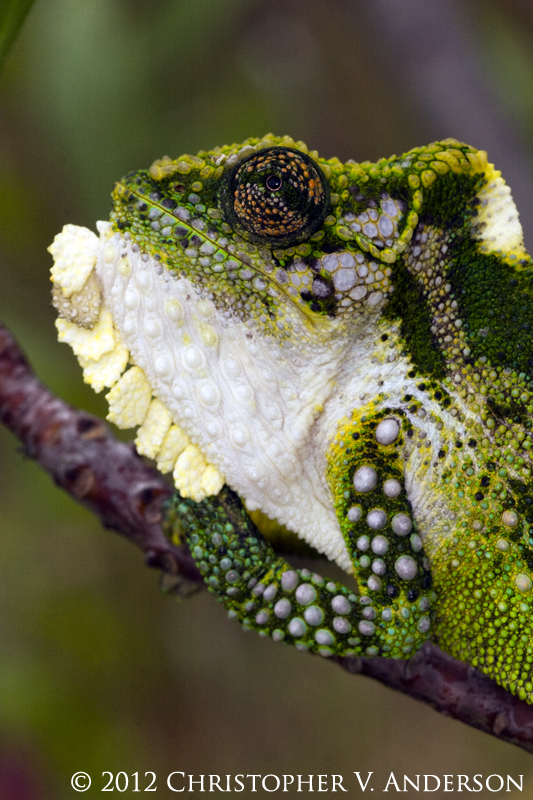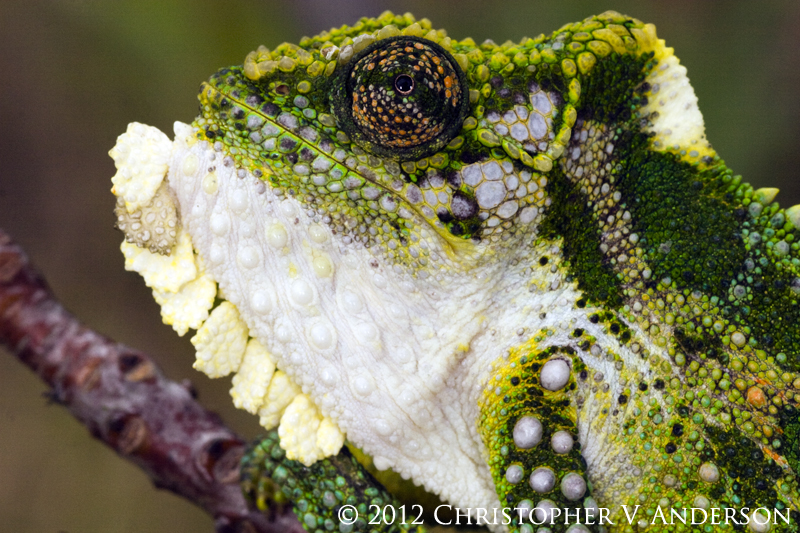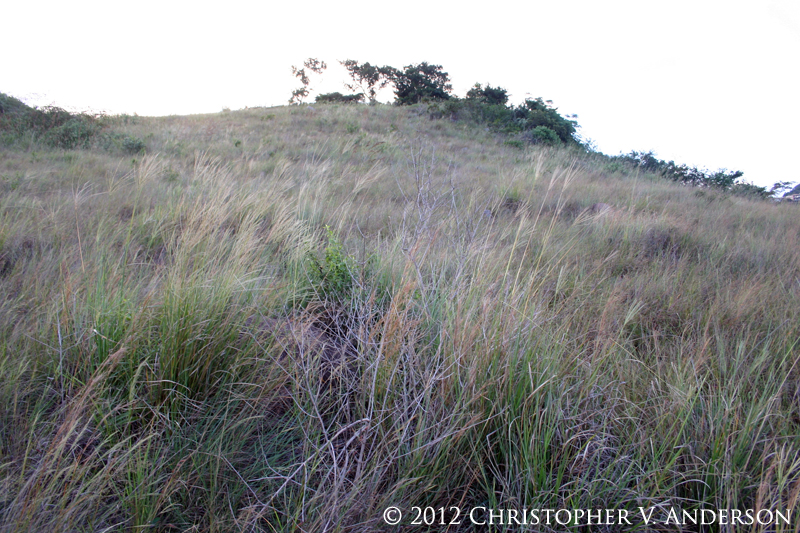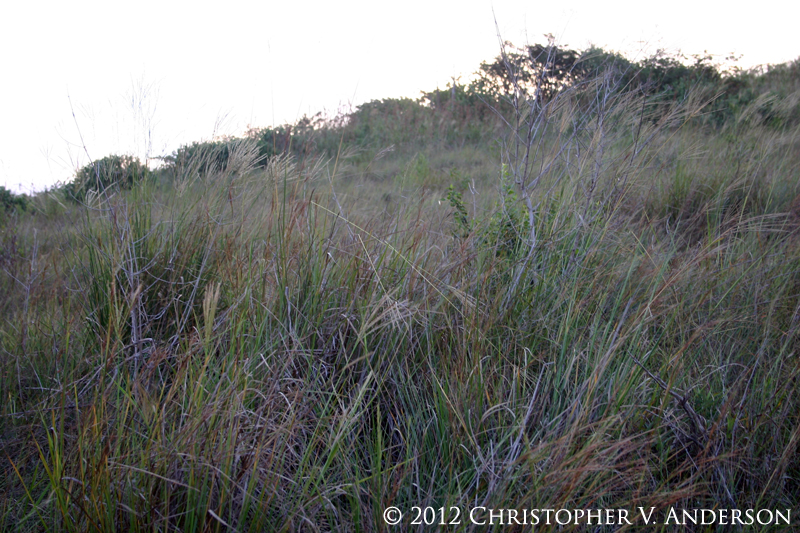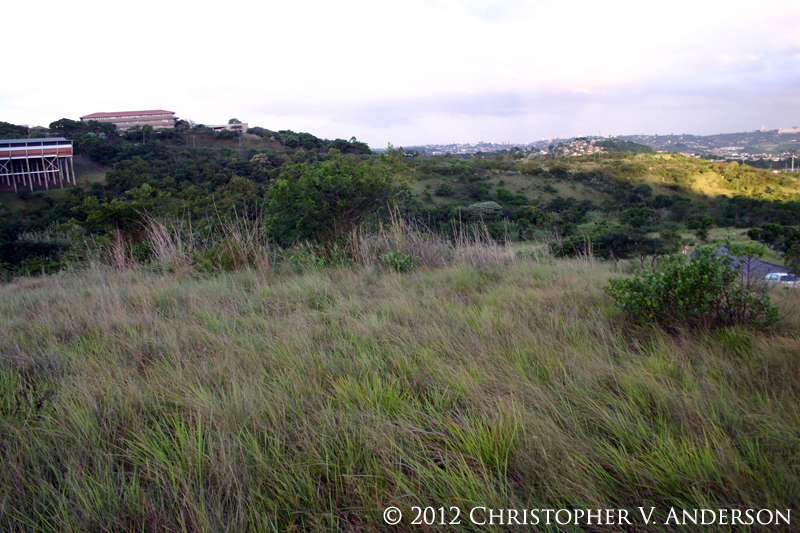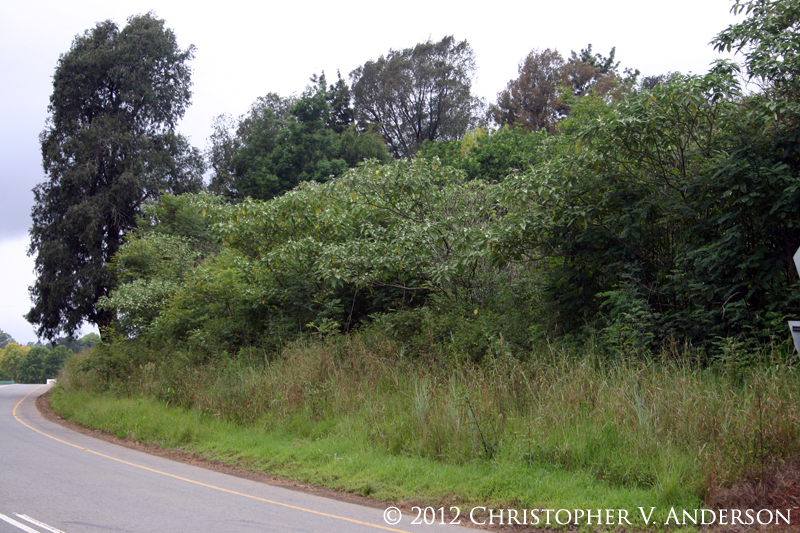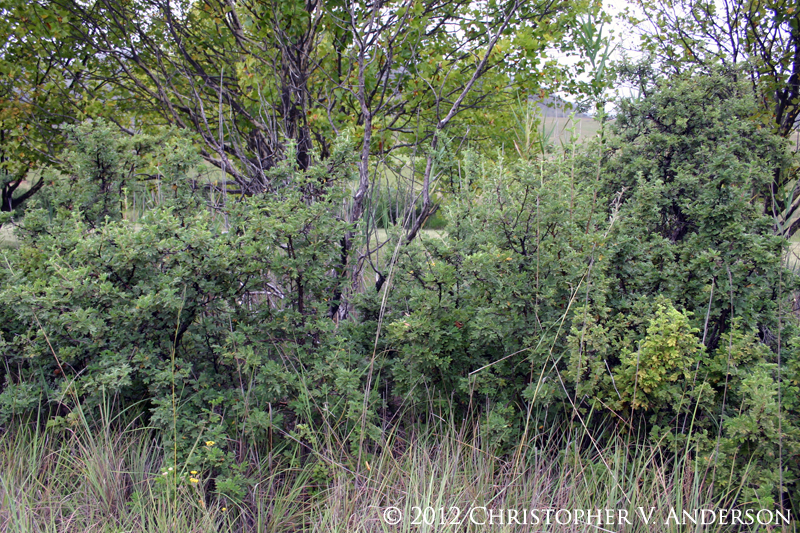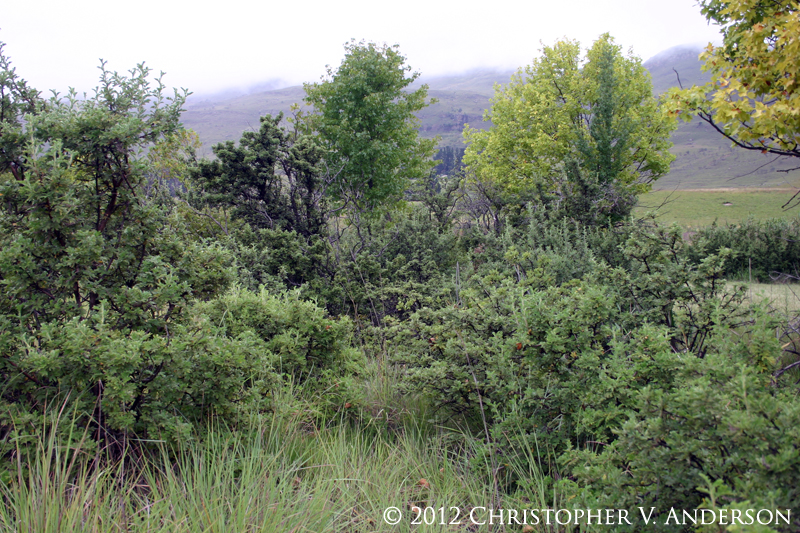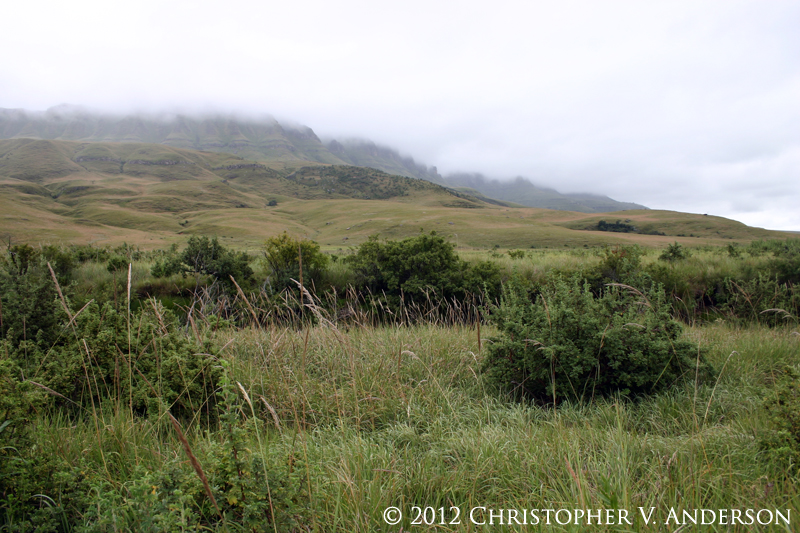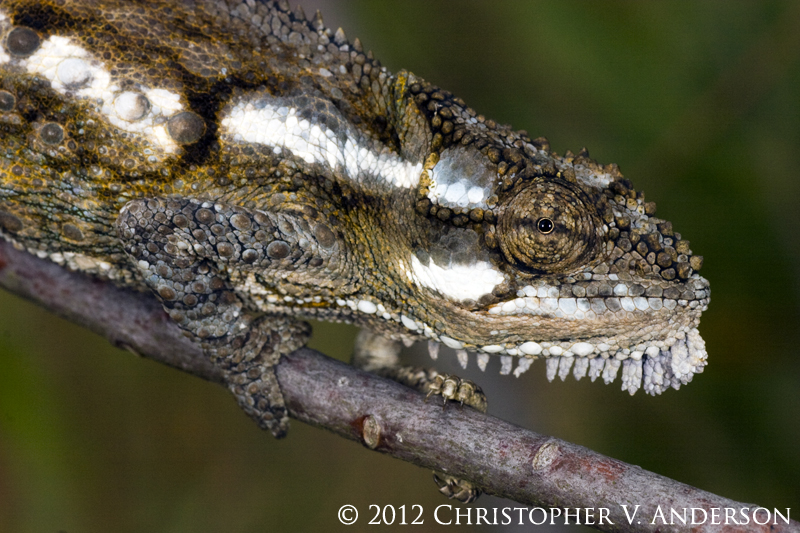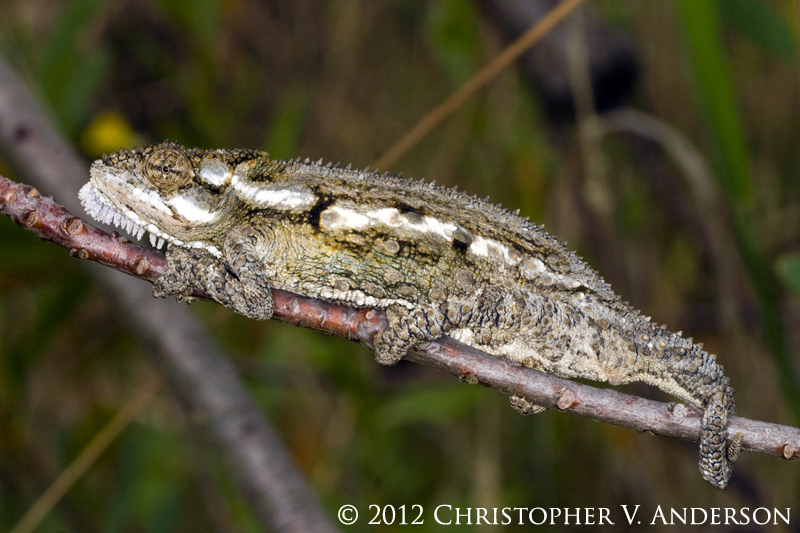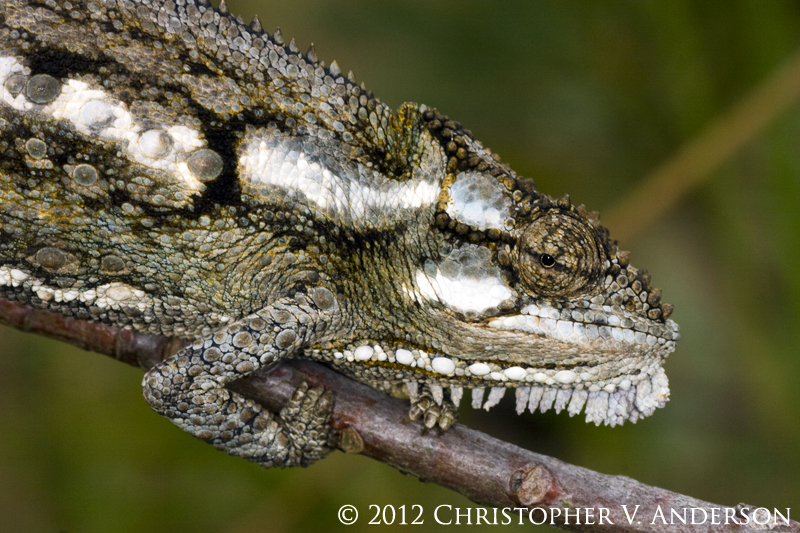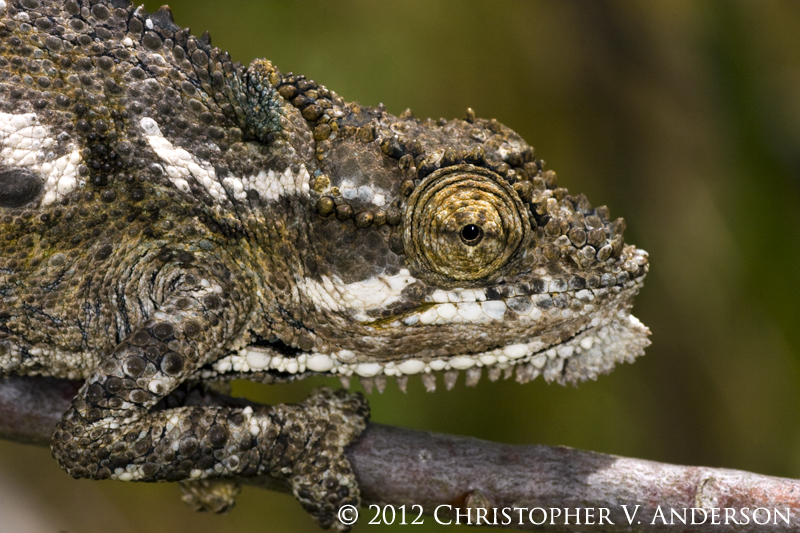Jackson chameleonair
New Member
I liked the "Emerald" Dwarf Chameleon i think he looked so cool 
Follow along with the video below to see how to install our site as a web app on your home screen.
Note: This feature may not be available in some browsers.
Stunning. You've so well captured their intense glory. What are they eating? Do those avataresque "nodes" reflect UV for additional, invisible to us, communication? Beautiful work.
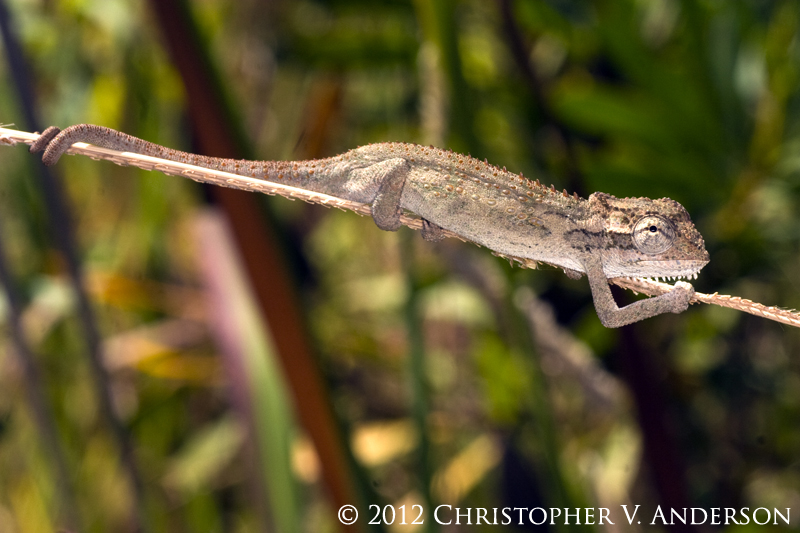
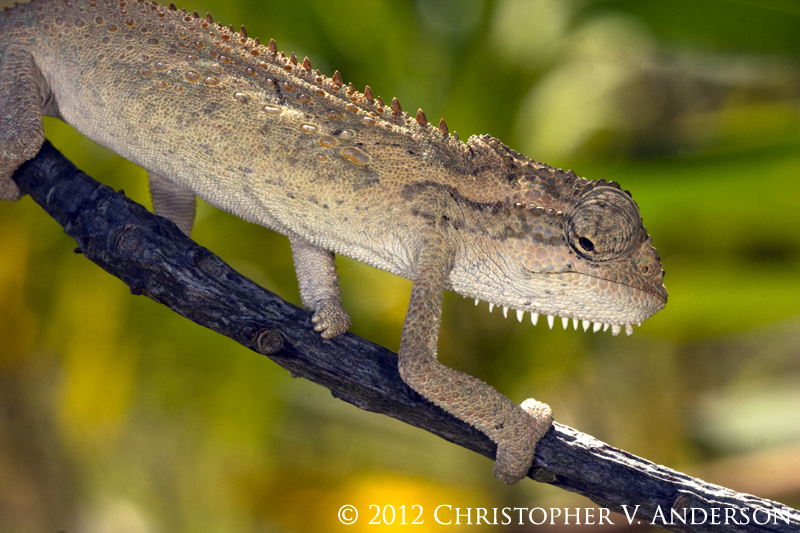
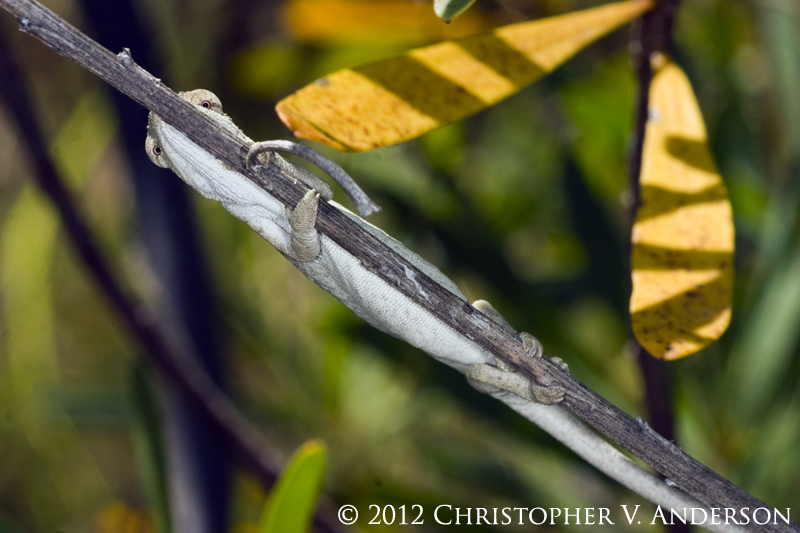
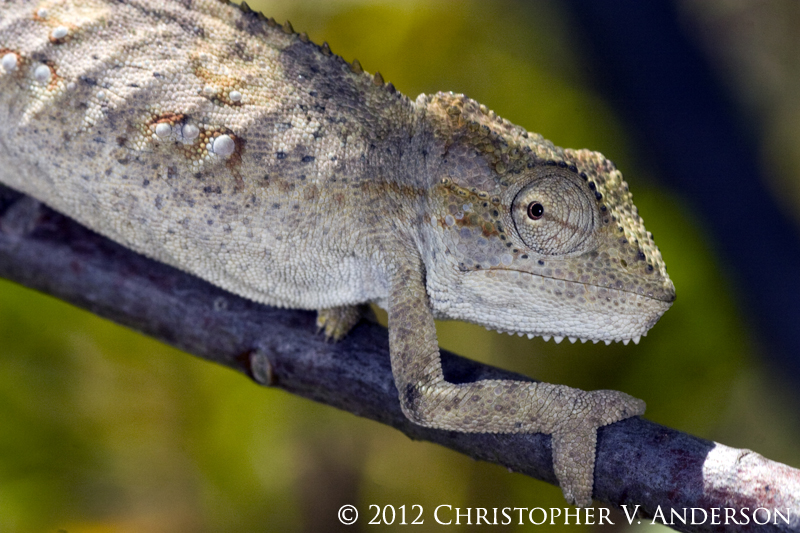
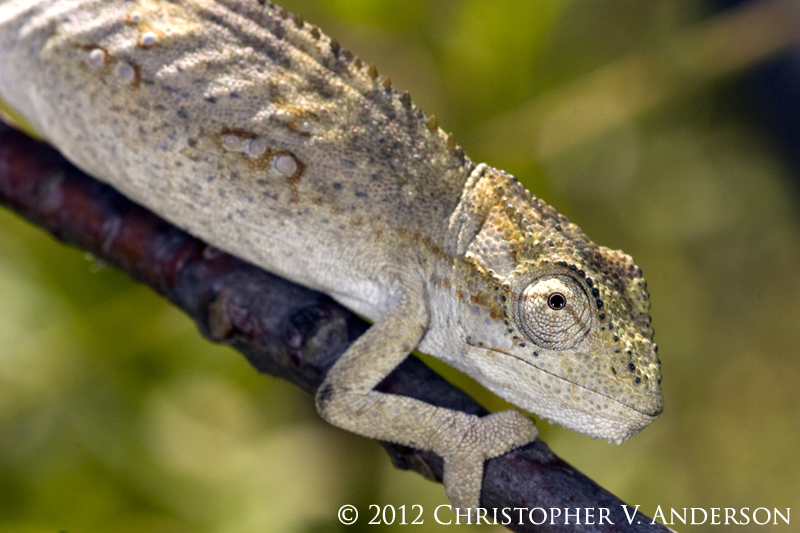
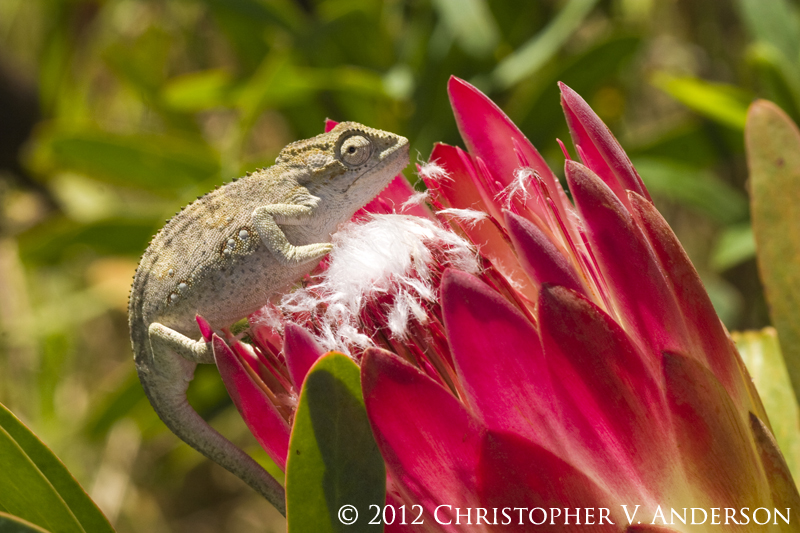
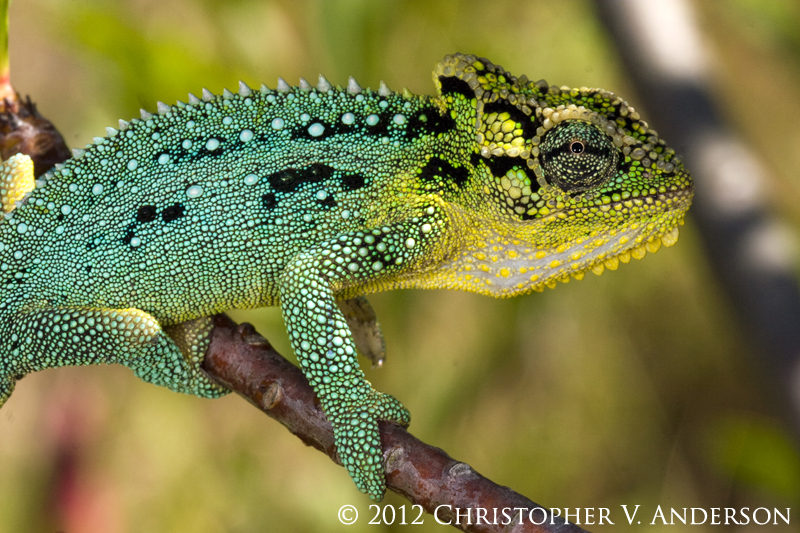
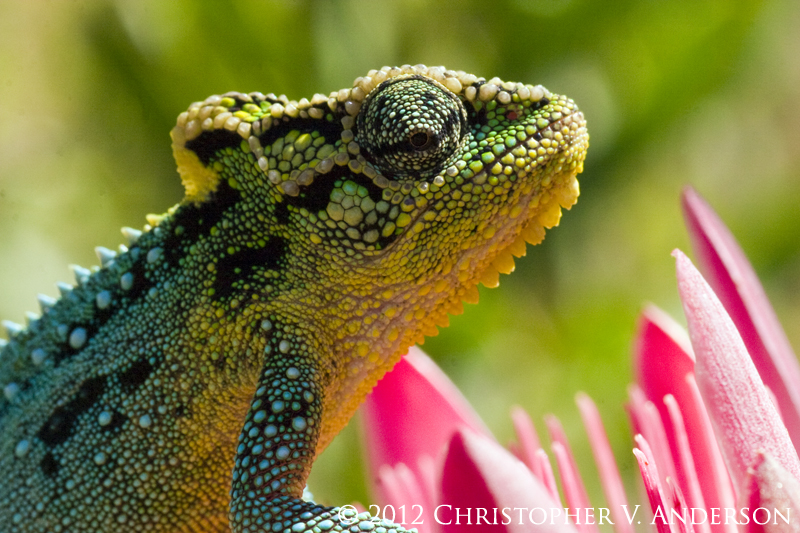
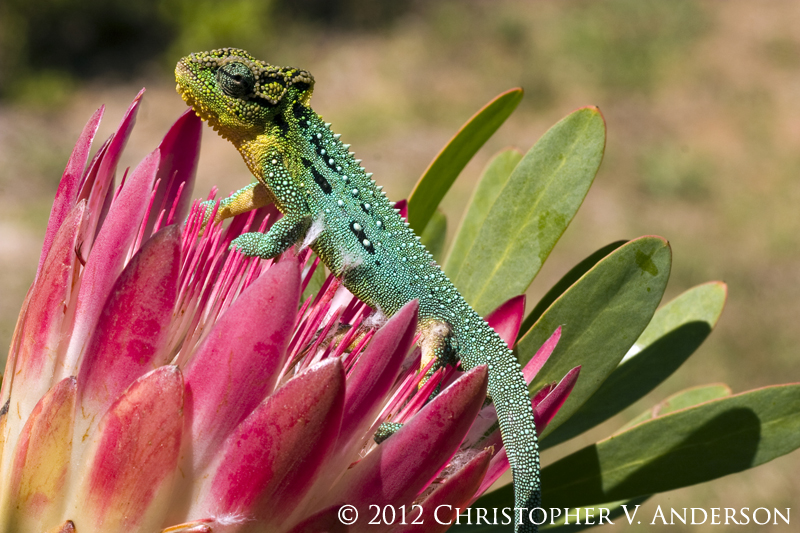
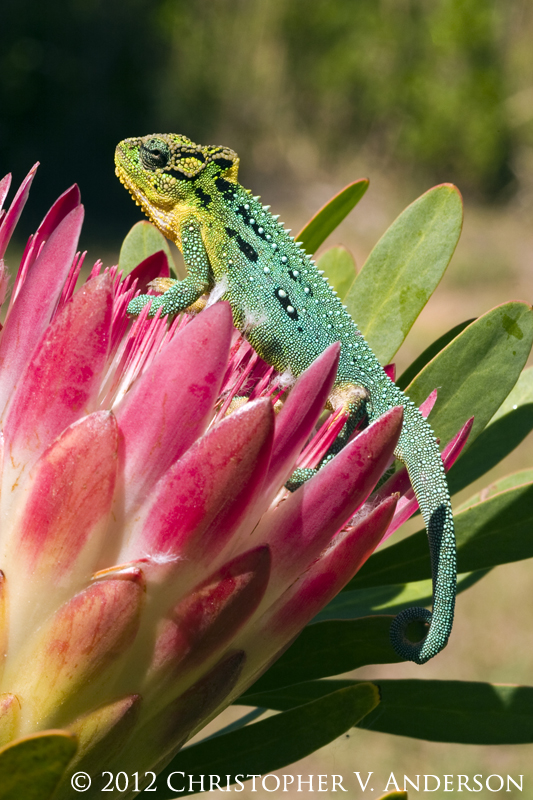
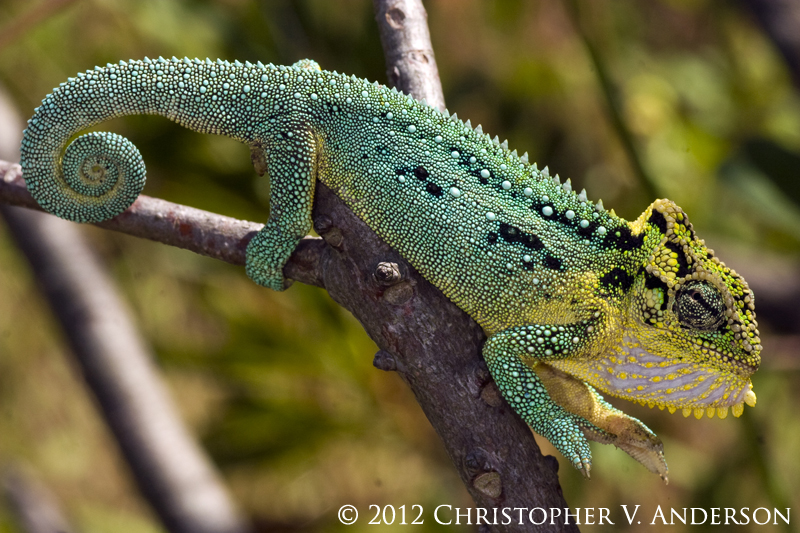
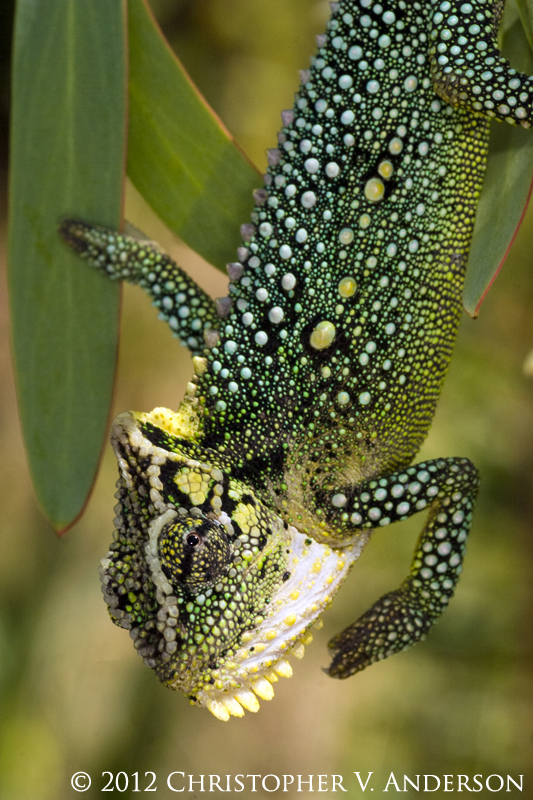
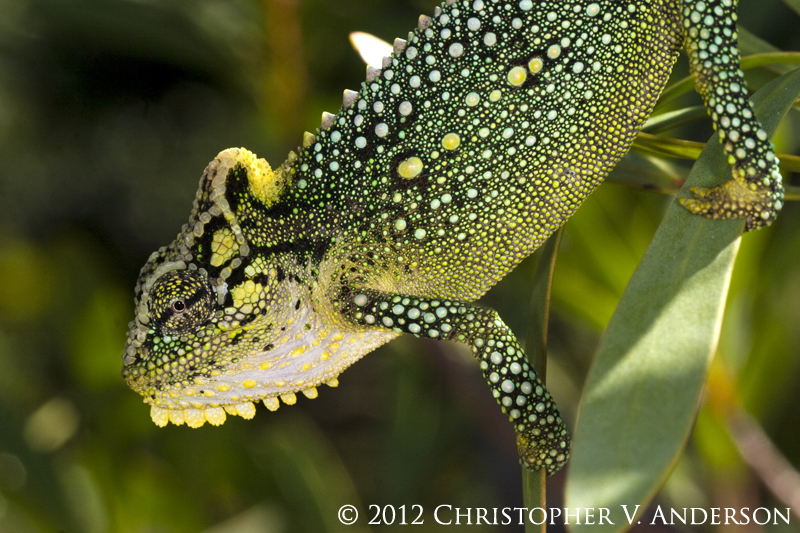
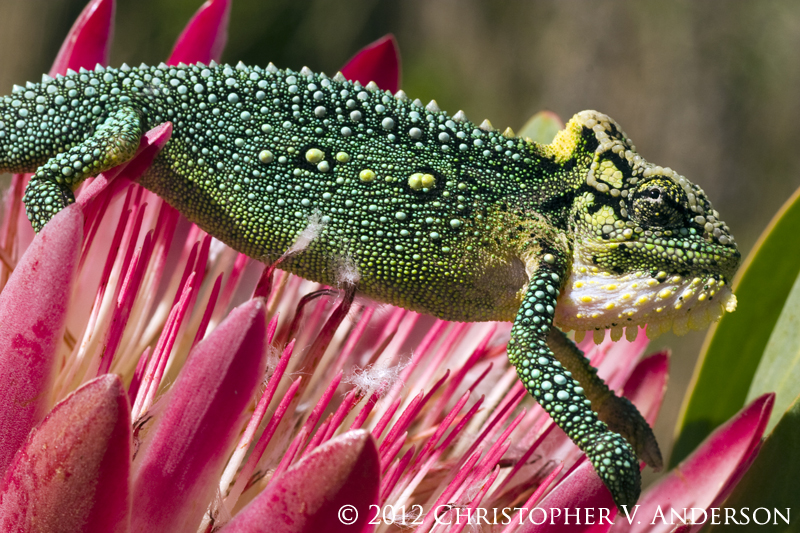
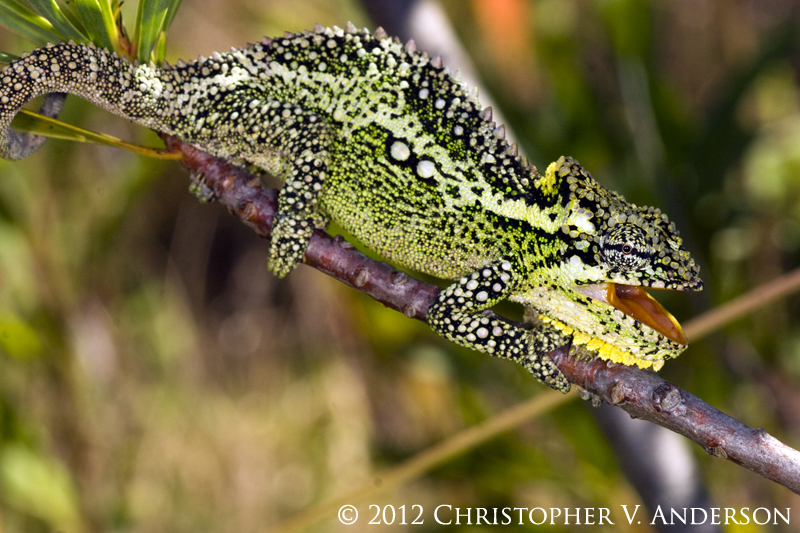
Very beautiful pictures. I lived in Durban for a large part of my life, but I only rarely saw a flapneck, never saw a dwarf. But then again, I wasn't really looking.
Speaking to people around here (Swaziland) and from as far afield as Waterval-Boven (200kms away in South Africa), everyone is saying that the numbers of chameleons this year are far higher than they can remember from any recent years. You could ask Dr Tolley if this is also true for the chameleons in the Cape? It may be a useful observation.
Take care if you are currently in the KZN area, there is a hurricane warning out, with the weather service predicting the worst flooding since Cyclone Domoina in 1984.
